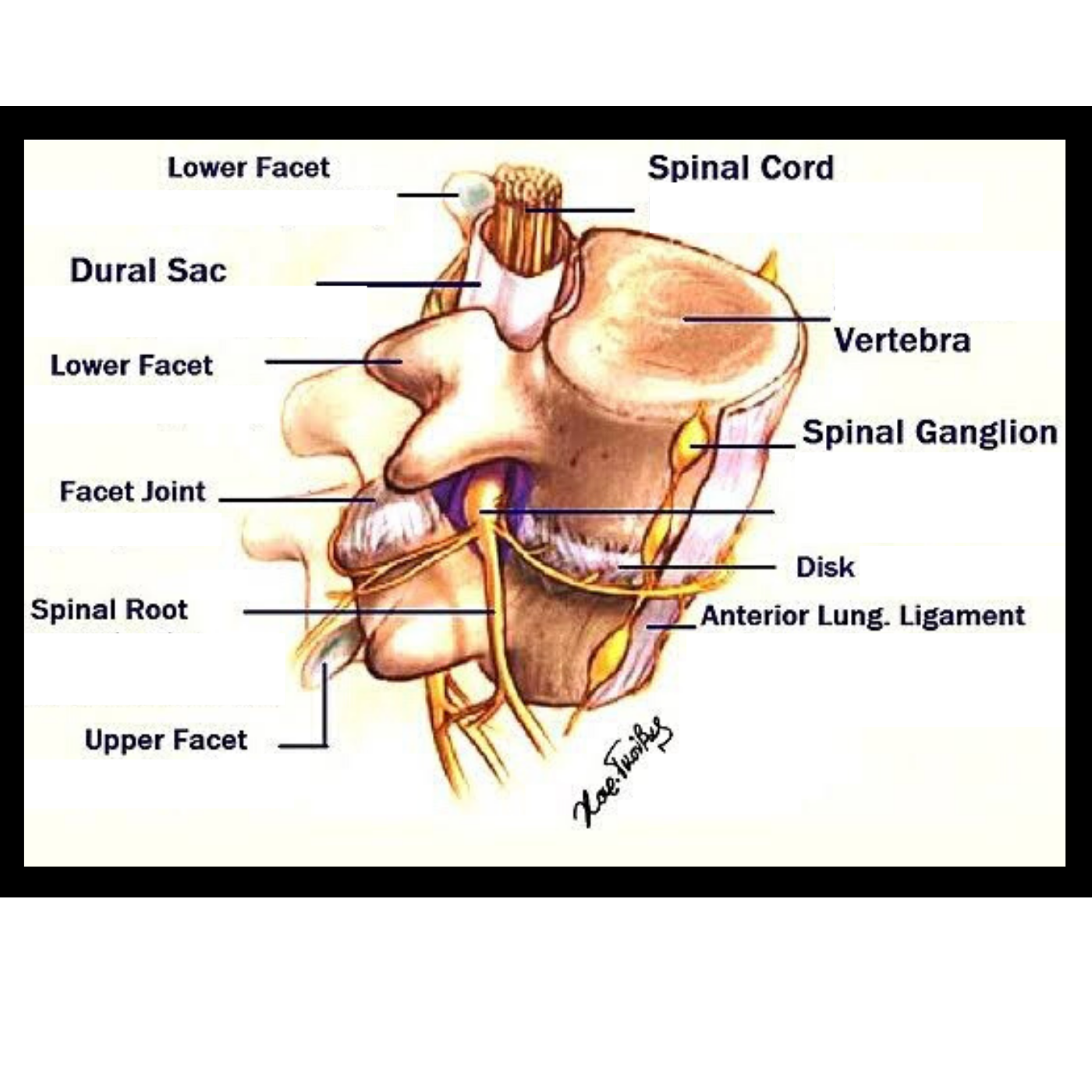According to the definition, non-specific low back pain (NSLBP) is a painful episode which is not triggered by a known pathological reason eg: infection, lumbar spinal fracture, radicular syndrome, cauda equina syndrome and structural deformity.

Lumbar Structure
Our lumbar consists of 5 lumbar vertebrae, which are the largest boney structure in our spine compared to thoracic and cervical segments. The primary functions of our lumbar spine are to support our body weight, transfer force and shock absorb. Between each lumbar vertebrae, there are two tiny joints called “facet joint”, which contributes to the mobility of flexion and extension, side bending and rotation in our lumbar spine.
The muscles along with your abdominal area, your hip and leg muscles play an important role in the etiology of low back pain. Some researches pointed out that weak paraspinal muscle groups, for example, multifidus, can be the reason causing low back pain due to insufficient muscle strength and asymmetrical alignment.
Causes of the Non Specific Low Back Pain
Generally speaking, all structures in the lumbar spine can be attributable to low back pain which include: muscle, ligaments, nerve roots, zygapophyseal joint (facet joint), disc fibre, fascia and spine itself. Although many may postulate whether exercise or physical activity may lead to NSLBP, this is a common misconception. Instead NSLBP may also occur due to psychological stress
Characteristics of Non Specific Low Back Pain
-Mostly dull and throbbing pain
-Prolonged sitting or standing
-Muscle stiffness or tightness
-Idiopathic
-Overweight/obesity
How to manage Non Specific Low Back Pain?
According to the guideline based on evidence level 1A and 1B researches:
-Soft tissue massage
-Joint mobilisations
-Spinal adjustments
-Exercise (Stay active, Dynamic exercise, McKenzie exercise)
-Postural control
-Medication (pain killers)
-Surgery
Written by Dr Wei ‘David’ Tai Osteopath
